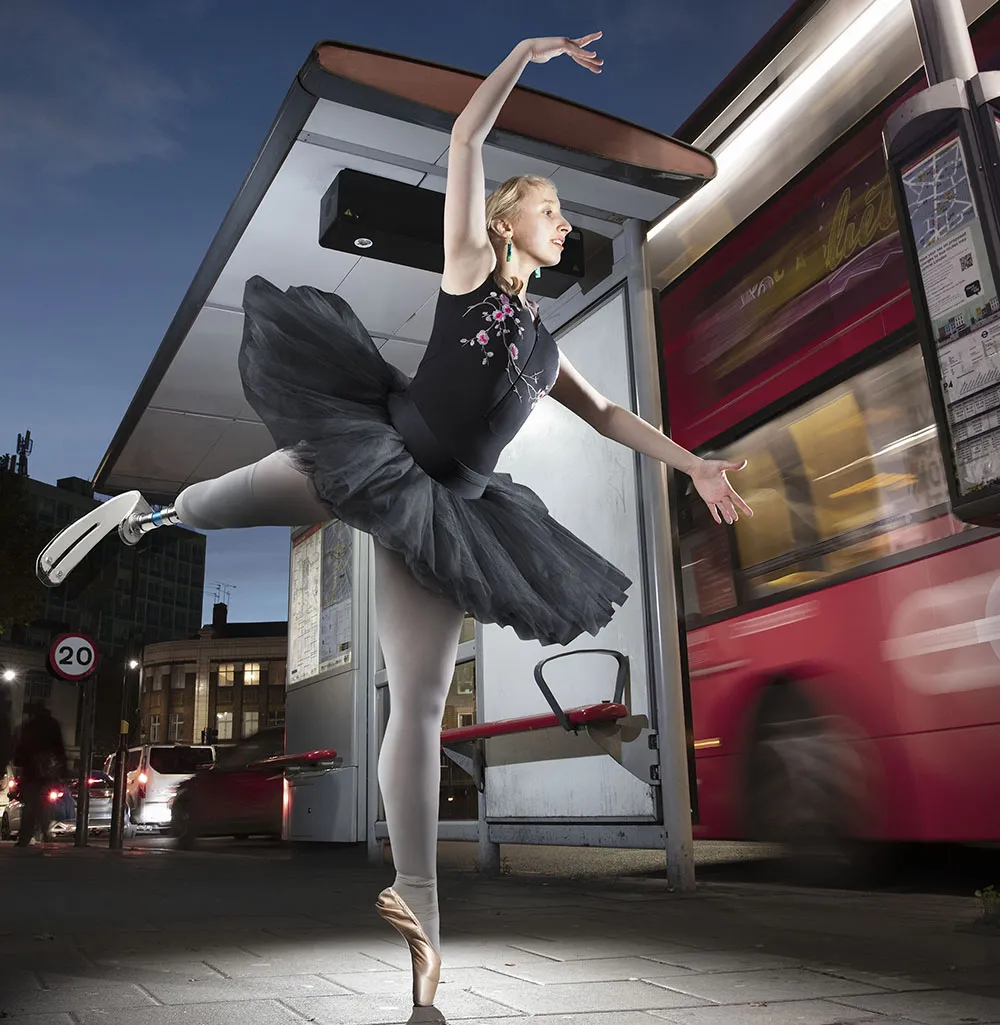The EU-funded ARTRAC project has developed new sensor technologies which it believes could help meet the European Commission’s target of halving road accidents by 2020.
The project, which includes carmakers
A high resolution image of the circumstances in front of the car, combined with a powerful digital processing board, enables the system to detect the presence of a person on the road, while an algorithm allows the system to track his or her movements.
Once the sensor detects a pedestrian, it can emit a warning or even be linked to an automatic braking and steering system. Radar was chosen because it is relatively cheap, robust and can work in all weather conditions and darkness.
The project is coordinated by Germany and includes Italy, Finland, Spain and Romania
“It is a big scandal that we accept that every year 5,000 people die on German roads,’ said project coordinator Professor Hermann Rohling of the Institute of Communications at Hamburg University of Technology in Germany. “That would not be accepted in air traffic.”
The system worked properly during more than 100 trials. “Even for me, that was really a surprise – that there was not a single instance of a radar sensor not working properly,” Rohling said.
Sensors reducing pedestrian-car collisions
The EU-funded ARTRAC project has developed new sensor technologies which it believes could help meet the European Commission’s target of halving road accidents by 2020. The project, which includes carmakers Volkswagen and Fiat, developed an affordable radar sensor that uses multiple antennas to detect, classify and avoid obstacles on the road before collision and reduce the likelihood of vehicles colliding with pedestrians.
January 22, 2016
Read time: 2 mins









